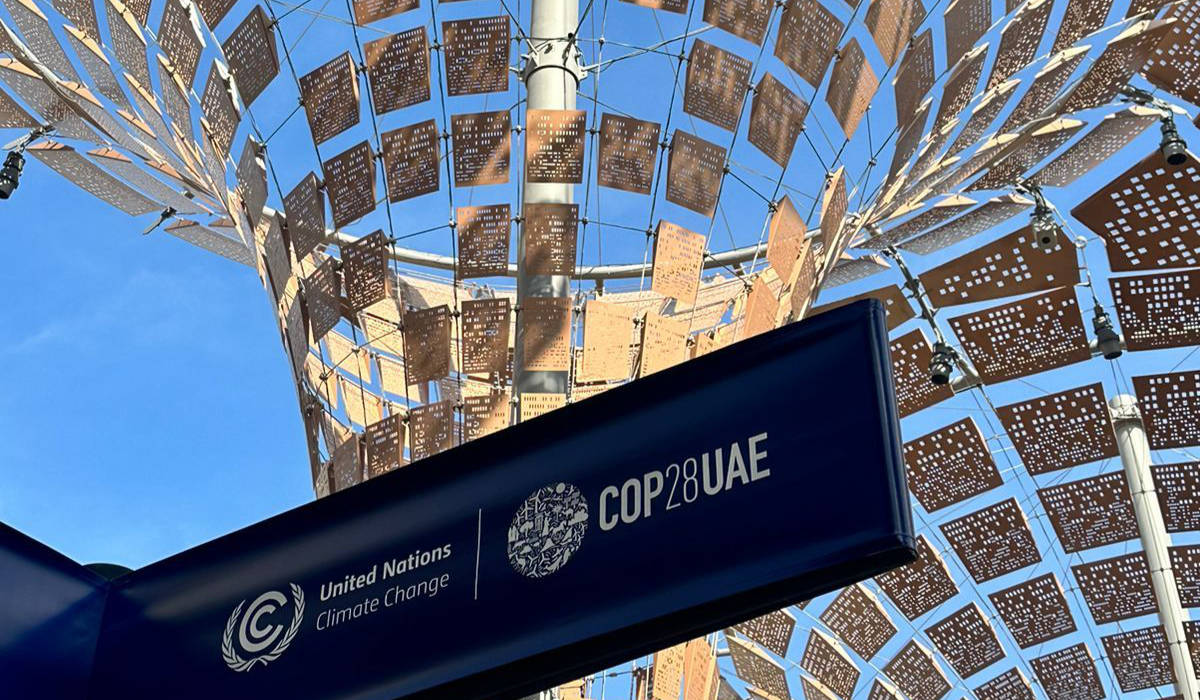Eskom will receive the lion’s share of the watershed multibillion-dollar climate finance deal, announced at the climate talks in Glasgow.
The deal, which was lauded last week at the COP26 summit, saw France, Germany, the United Kingdom, the United States and the European Union pledge R131 billion ($8.5 billion) to South Africa over the next three to five years in the form of grants, concessional loans and investment and risk-sharing instruments, including mobilising private sector funding.
Eskom CEO André de Ruyter said at a press conference in South Africa on Wednesday that the majority of the funding would be used to finance Eskom’s just transition. The details of the agreement still had to finalised so De Ruyter could not specify exactly how much would be allocated to Eskom.
South Africa’s head of climate finance and innovation at the Presidential Climate Commission, Dipak Patel, said the deal was a starting point for South Africa’s journey towards decarbonisation.
Speaking at COP26, Patel said South Africa would use the funds to become self-fulfilling and self-generating.
De Ruyter explained that the state utility’s just transition meant that the process to retire its ageing fleet would be fast-tracked. But it also meant that Eskom would review how it could repurpose old coal power plants to fit into a new green economy, where the old coal workers would not be sidelined.
Some of the money would go towards building new clean energy plants and to reskilling the workers of old to work in these new plants. De Ruyter explained that the climate finance announced was crucial for new green plants, which will ensure South Africa generates enough electricity to power its economy.
Eskom has to start switching off coal plants that produce about 8 000 MW of power in the next nine years, because those plants had aged too much to be refurbished again. After 2035 Eskom will have to switch off another 10 000 MW worth of infrastructure that will also become too old and expensive to maintain.
Thus it was critical that South Africa started investing in new clean energy technologies as soon as possible.
De Ruyter warned that it would cost billions to ensure that South Africa had adequate clean power generation in future, but he insisted that it could be done.
Apart from funding Eskom’s transition, South Africa will also use the funds to build a green hydrogen sector and help shift the nation’s transportation to electric vehicles.
Patel said the $8.5 billion was not the sum total of contribution of what South Africa expected from the developed world. He said rich countries needed to make the necessary contributions to a just transition.
He was adamant that a just transition had to address the negative impact that would be felt by workers, communities, and small and medium businesses operating in the coal chain.
The initial $8.5 billion would overcome the initial inertia, and enable South Africa to get moving on its transition, Patel said.



